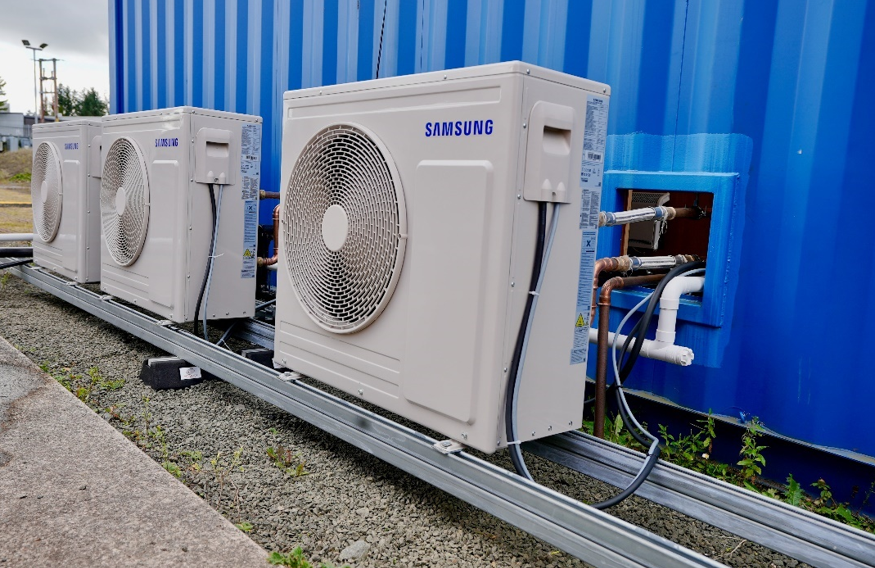Boston College analysis has shown that global nitrous oxide emissions grew by 40 per cent between 1980 and 2020.
Nitrous oxide is a form of greenhouse gas more potent than carbon dioxide or methane, and excess nitrogen contributes to soil, water, and air pollution. In the atmosphere, it depletes the ozone layer and exacerbates climate change.
Whilst it is a natural gas, human activity has increased its concentration, with agricultural production accounting for 74 per cent of human-driven nitrous oxide emissions in the 2010s, driven by chemical fertilizers and animal manure applied to croplands, according to the report Global Nitrous Oxide Budget 1980-2020, published in the journal Earth System Science Data.
The concentration of nitrous oxide in the atmosphere stands at 25 per cent above r pre-industrial levels, and far higher than estimates by the Intergovernmental Panel on Climate Change (IPCC).
“Nitrous oxide emissions from human activities must decline in order to limit global temperature rise to 2C as established by the Paris Agreement,” said lead author Hanqin Tian, Schiller Institute Professor of Global Sustainability at Boston College. “Reducing nitrous oxide emissions is the only solution since no technologies now exist that can remove nitrous oxide from the atmosphere.”
The top 10 nitrous oxide emission-producing countries are: China, India, the US, Brazil, Russia, Pakistan, Australia, Indonesia, Turkey, and Canada, the researchers found.
Some countries have reduced nitrous oxide emissions. Emissions in China have slowed since the mid 2010s; as have emissions in Europe during the past few decades. In the US, agricultural emissions continue to rise while industrial emissions have declined slightly, steadying overall emissions, researchers found.
© 2019 Perspective Publishing Privacy & Cookies







Recent Stories